Introduction to AI Pose Position Prompts
Ever tried taking a photo and found yourself completely lost about how to pose? I’ve been there, struggling to find that perfect stance. Enter AI Pose Position Prompts—my lifesaver! Not only do these prompts provide structure to your images, but they also add a dynamic flair that makes everything pop. After giving PopAi’s AI Image generator tool a spin, I was amazed at how lifelike the poses became. Seriously, if you’re into crafting standout visuals and tired of the same old pose, AI pose prompts can be your secret weapon. And here’s the kicker: it’s super straightforward to navigate, even for a noob like me!
Overview of Leading AI Image Generators for Pose Creation
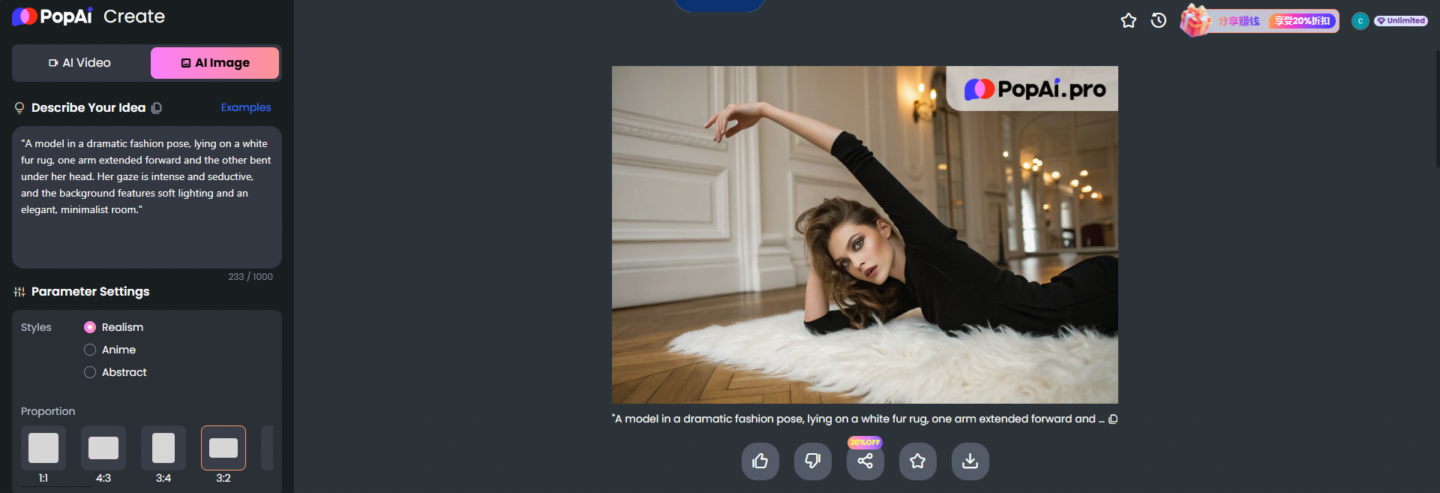
It’s like magic seeing these AI tools transform our creative journey! Nowadays, there are quite a few rockstars in the world of AI image generation that can help with creating stunning poses. Take PopAi, the tool I was raving about earlier, for instance. It’s not alone in the lineup; there are other noteworthy contenders too. DALL-E by OpenAI and Artbreeder are making waves by pushing the boundaries of creativity and precision in pose creation.
Now, I tried ’em, and let me tell you, each has its charm. DALL-E is like having a funky artist pal who’s always on a creative high—offering wacky and wonderful poses that can spark some off-the-wall ideas. Meanwhile, Artbreeder lets you morph and blend images in a way that’s almost therapeutic, offering a unique take on any pose you envision.
The trick, though, is not to rely on just one. Combine the intuitive fluidity of PopAi with the creative bursts of DALL-E and the remixing magic of Artbreeder, and you’re on your way to creating visual masterpieces with poses that wow. Been there, done that, and if I can pull it off, anyone can!
Why AI Pose Position Prompts Matter: Control, Emotion & Realism
Alright, let’s dive deeper into why using AI prompts for pose positions is a game-changer. These nifty tools bring more to the table than just arranging body parts; they offer control, convey emotion, and inject realism into our visuals. Picture this (pun intended): ever feel like your pictures lack that mmm… emotional oomph? I have, and it’s frustrating. It’s like something’s just missing.
With AI pose prompts, you gain the ability to coordinate your subjects’ positions with laser precision, making your creations truly standout. For instance, one time I was tinkering with a photo session, and while everything seemed set, it lacked heart. After tweaking through some AI prompts, the subjects just clicked—totally transformed the pic from drab to deep emotion! It’s crazy how a slight tilt of the head or bend of the knee can add layers of personality and story to an image.
And hey, about realism—AI gets that too. You wouldn’t want your digital artwork to seem stiff, like a mannequin factory, right? These prompts help emulate genuine human movement, infusing life into your art. It’s like painting with real-world physics on a digital canvas. Sure, emotions and control are important, but realism connects it all, making images relatable and engaging for anyone who sees them.
Crafting Effective AI Pose Prompts: Key Tips and Techniques
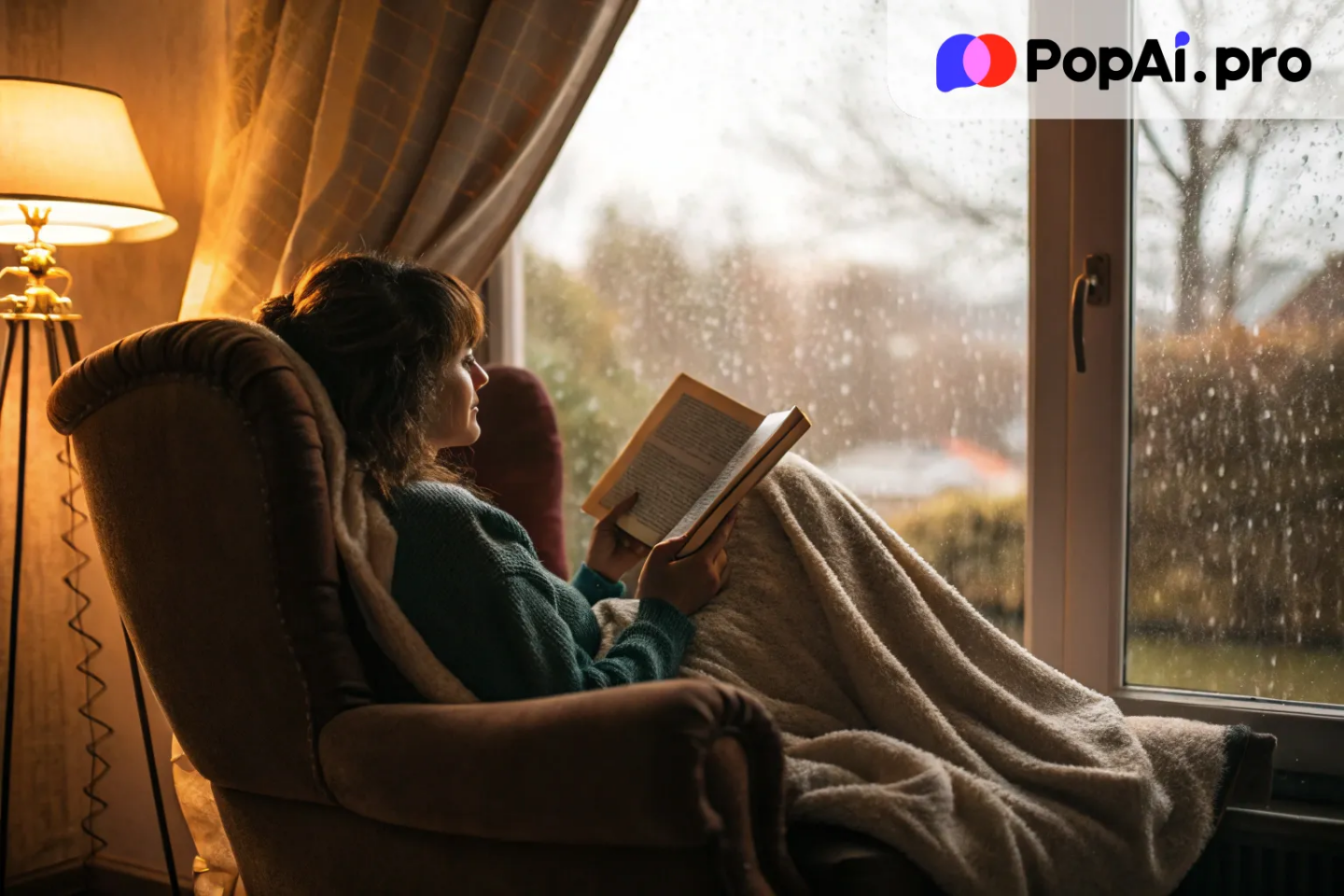
So, you’re pumped about AI pose prompts and want to get your hands dirty? Here’s where things get seriously fun. Crafting effective AI pose prompts isn’t just about typing in random positions and hoping for the best. Nope, it’s like being a director, guiding your subjects to deliver a visual performance that’s on point.
First, be specific. I can’t stress this enough. Vaguely asking for a ‘happy pose’ might give you something milquetoast. Think about details—like saying, “show a person jumping with joy, arms outstretched, head tilted back, and a big grin.” The more precise and nuanced your prompt, the closer the AI gets to nailing your vision.
Next up, use examples. Ever played Pictionary? Giving a visual cue can make all the difference. Similarly, feed the AI a reference image or even describe attire if it impacts the pose. Once, I wanted to create a pose for a character in a flowing dress—without the right details, the AI gave me something stiff. Adding, “gently swaying dress as if caught in a breeze,” made a world of difference.
Let’s not forget about storytelling. Great poses tell snippets of stories. They’re packed with emotions and narratives. I find it helps to think about the backstory—what’s the character feeling? What just happened? What will happen next? Crafting your prompt with these elements gives it depth, like, “a tired warrior leaning on a sword, catching their breath after a fierce battle.”
Finally, embrace trial and error. No one’s perfect out of the gate, and that’s cool. Sometimes, my first few prompts are a hot mess—but that’s part of the journey. Iterate, tweak, and don’t hesitate to refine prompts based on what you see. Honestly, those little adjustments can take your creation from meh to mesmerizing.
Giving these tips a spin could turn your AI-assisted imagery into something seriously spectacular. And trust me, the moment you see that perfect pose come to life? Total eureka moment!
Here is the distribution guide for writing AI Pose Prompts:
Begin with Clear Basics:
Start by establishing basic poses to provide a clear direction for the AI. This could involve fundamental actions like standing, sitting, or lying down, which create the framework for more complex poses.
Be Precise with Modifiers:
Add specific details such as body angles, posture adjustments, or emotional cues. Describing features like “slouched posture” or “smiling gently” helps the AI understand the nuance of the pose.
Incorporate Photography Vocabulary:
Incorporate terms from photography to guide the composition of the image. Words like “low-angle,” “soft focus,” or “portrait orientation” help define the image framing, lighting, and overall visual style.
Foster Creative Exploration:
Push creative boundaries by exploring imaginative or abstract poses, such as “floating” or “transforming into an animal.” This allows the AI to generate unique, one-of-a-kind images that stand out.
Tailoring AI Pose Prompts for Different Body Part Postures
| Body Postures | Hand Gestures | Leg Positions |
|---|---|---|
| Seated | Hand to face | Open legs |
| Upright | Arm beside body | Legs crossed |
| Crouching | Hands behind head | Curling up |
| Kneeling | Hands behind back | Leg raise |
| Reclining | Palm on chest | Legs elevated |
| Leaping | Arms folded | Bending forward |
| Jogging | Hands raised | Back against wall |
| Striding | Extend arms | Lying face down |
| Hovering | Stretching | Sitting in Seiza position |
| Tilting head | Underarms exposed | Cross-legged |
| Looking backward | Leg grasping | Sitting W-style |
| Glaring down | Seizing | Sitting in lotus position |
| Gazing upwards | Clasped hands | Knee-hugging |
| Sniffing | Finger smile | Riding (straddle position) |
| Resting | Hair tugging | On knees |
| Bathing | Scrunching hair | Smoking pose |
| Aiming towards viewer | Victory hand gesture | Supporting on arms |
| Stretching arms | Military salute | Feet elevated |
| Hands on waist | Thumbs up gesture | One-legged stance |
| Chest leaning on surface | Flipping the finger | Standing on one leg |
| Embracing from behind | Cat pawing | Kneeling down |
| Hunching forward | Triggering finger | |
| Self-portrait pose | Waving hands | |
| Spreading arms | ||
| Hand on heart | ||
| Finger snap | ||
| Behind-the-head hands | ||
| Pointing fingers | ||
| Hands clasped together | ||
| Wrist twist | ||
| Chin resting on hand |
Innovative Ways to Use AI Pose Prompts in Art and Design
Man, this is where things get hella exciting! AI pose prompts aren’t just tools—they’re like a gateway to unleashing your inner Da Vinci. Whether you’re a digital artist, designer, or even a game developer, these prompts can spice up your work in ways that’ll make you do a double-take.
For digital artists, AI-prompted poses can be a game-changer in finding inspiration and breaking the creative block. Imagine working on a comic strip and struggling to convey a complex action scene. Been there, and it ain’t pretty. Plugging in a few AI pose prompts can turn those fleeting ideas into solid visuals, adding dynamism to your art that feels almost tangible. You know, like adding a spark to a firecracker!
Designers can also tap into these prompts for user-experience (UX) mockups. Let’s say you’re sketching avatars for a new app—having realistic and varied poses right off the bat can make avatars more relatable and engaging. One tip: mix multiple poses to create a storyboard that shows different user actions. It’s super helpful in user testing, helping stakeholders visualize how the design would work in real life.
And for all the game developers out there, AI pose prompts are like cheat codes. Creating characters with a full range of motions is no small feat. I once spent hours trying to get the perfect combat stance for a character, but the results were… meh. AI prompts can streamline this process, offering nuanced and expressive poses that make your characters come to life. Picture a warrior ready for battle or a thief sneaking in the shadows—the different layers add depth to gameplay narratives.
One last mind-blowing way to leverage AI pose prompts: VR and AR experiences. With pose prompts, you can craft immersive scenes that feel real and engaging. Think about an augmented reality app where users interact with virtual guides—having those guides strike welcoming and interactive poses can make the whole experience feel more intuitive and alive.
Seriously, the possibilities are endless. With a bit of imagination and the right prompts, you can transform your art and design projects into something that genuinely stands out. So, don’t hold back—dive in and see how AI prompts can elevate your work!
15 Creative AI Pose Prompt Examples to Inspire Your Work
Alright, let’s dive into the juicy part—examples! Whether you’re hungry for some fresh inspiration or just curious about the power of these AI pose prompts, I’ve got you covered. These imaginative scenarios can unlock new adventures in your art, design, or any creative pursuit. So, pull up a chair, grab your digital canvas, and let’s get those creative juices flowing!
1. A yoga practitioner standing on one leg
A yoga practitioner in a Tree Pose, standing on one leg with the other foot placed on the inner thigh. Her arms are raised above her head in a peaceful gesture, and her expression is calm and centered. The setting is an outdoor park with soft sunlight filtering through trees.
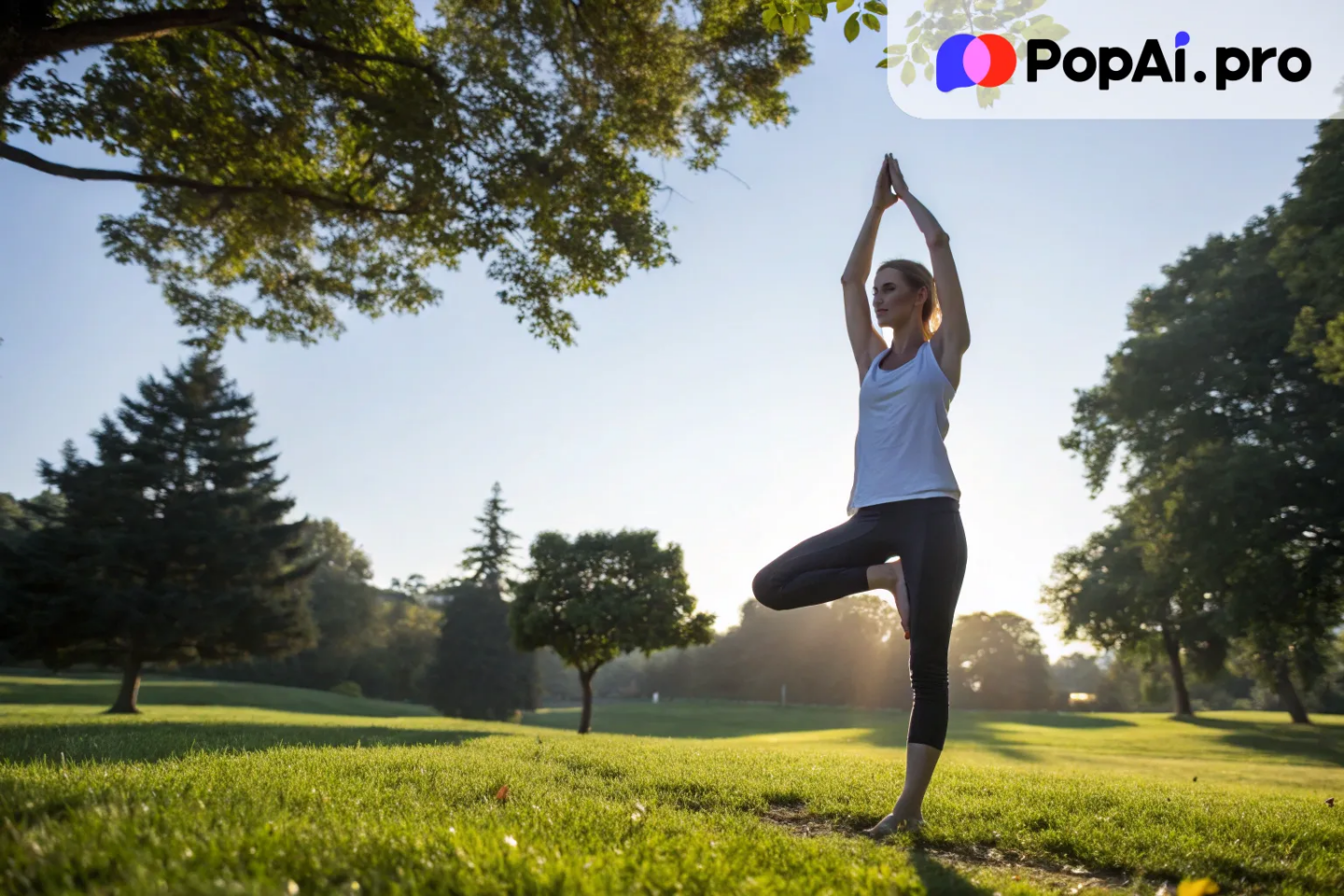
2. Warrior Poised for Battle
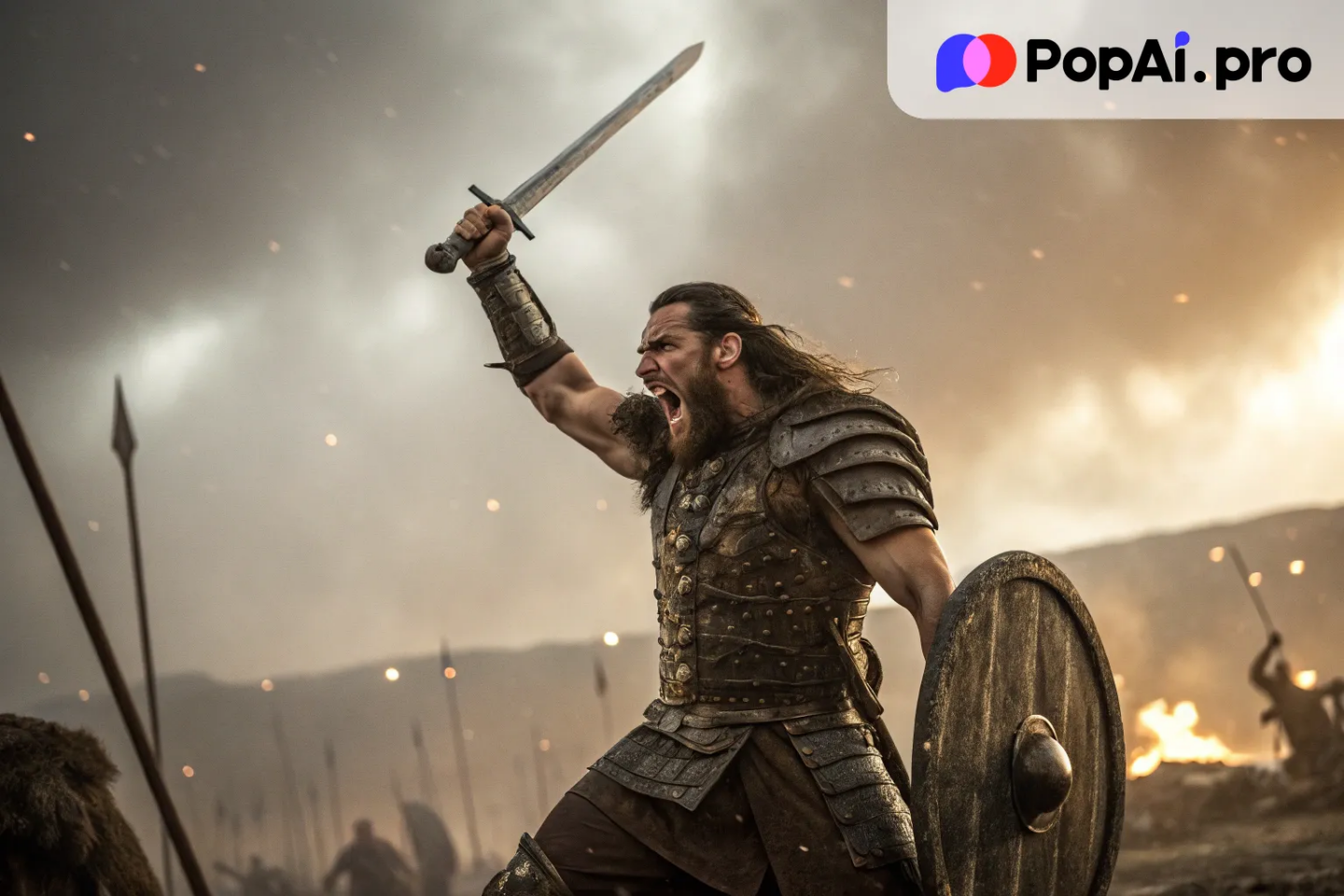
Conjure an image of a warrior ready to strike, sword raised, eyes fierce with determination. A stunning pose for creating intense, action-packed scenes.
3. Cheerful Child Leaping with Glee
Think of a child playing in a park, arms wide open, jumping with a burst of happiness. Ideal for evoking nostalgia and pure, unadulterated joy.
4. Reflective Thinker Pondering
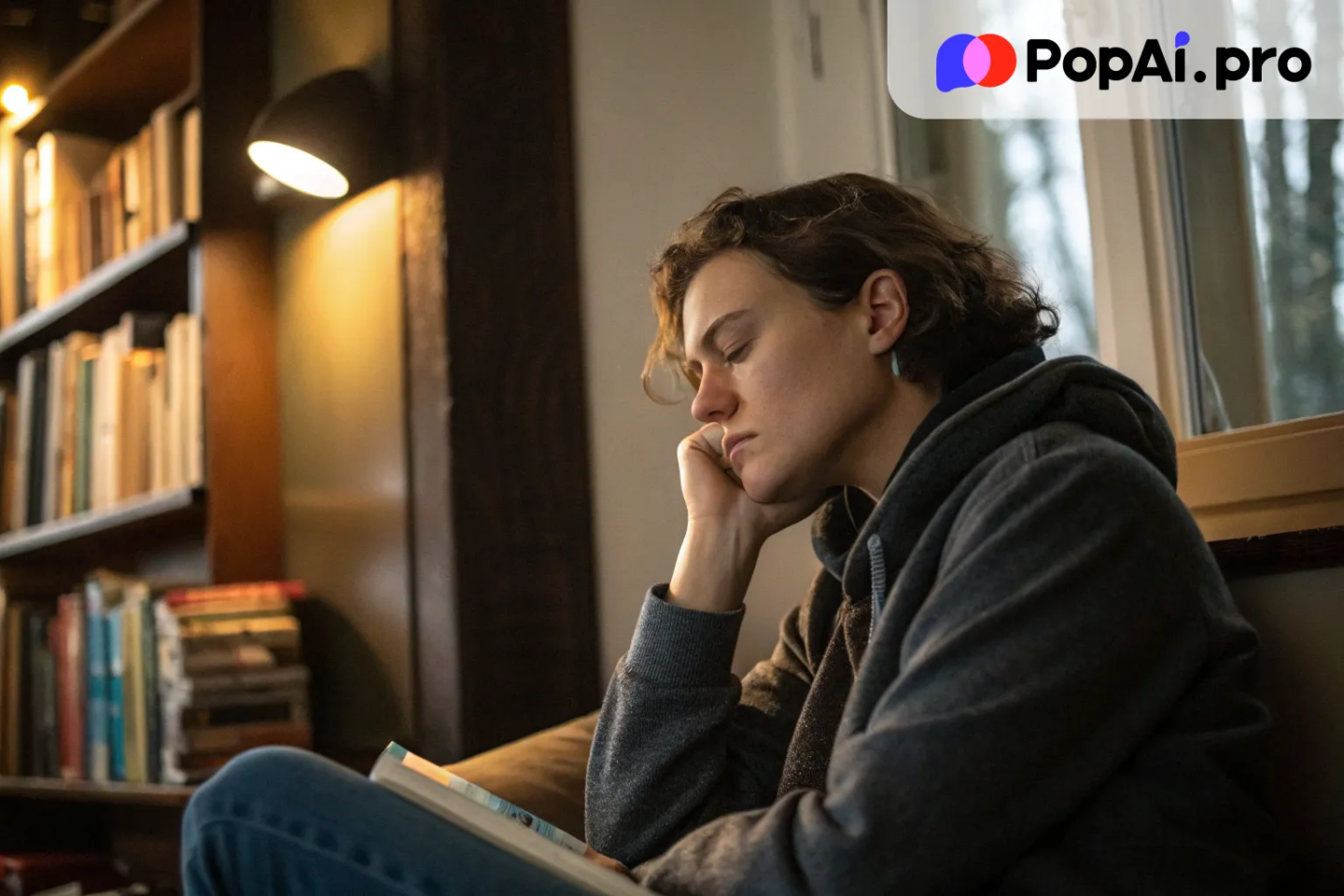
Picture someone resting their chin on their hand, brow furrowed, lost in deep thought. Great for conveying moments of contemplation or intelligence.
5. Somber Figure Gazing into the Distance
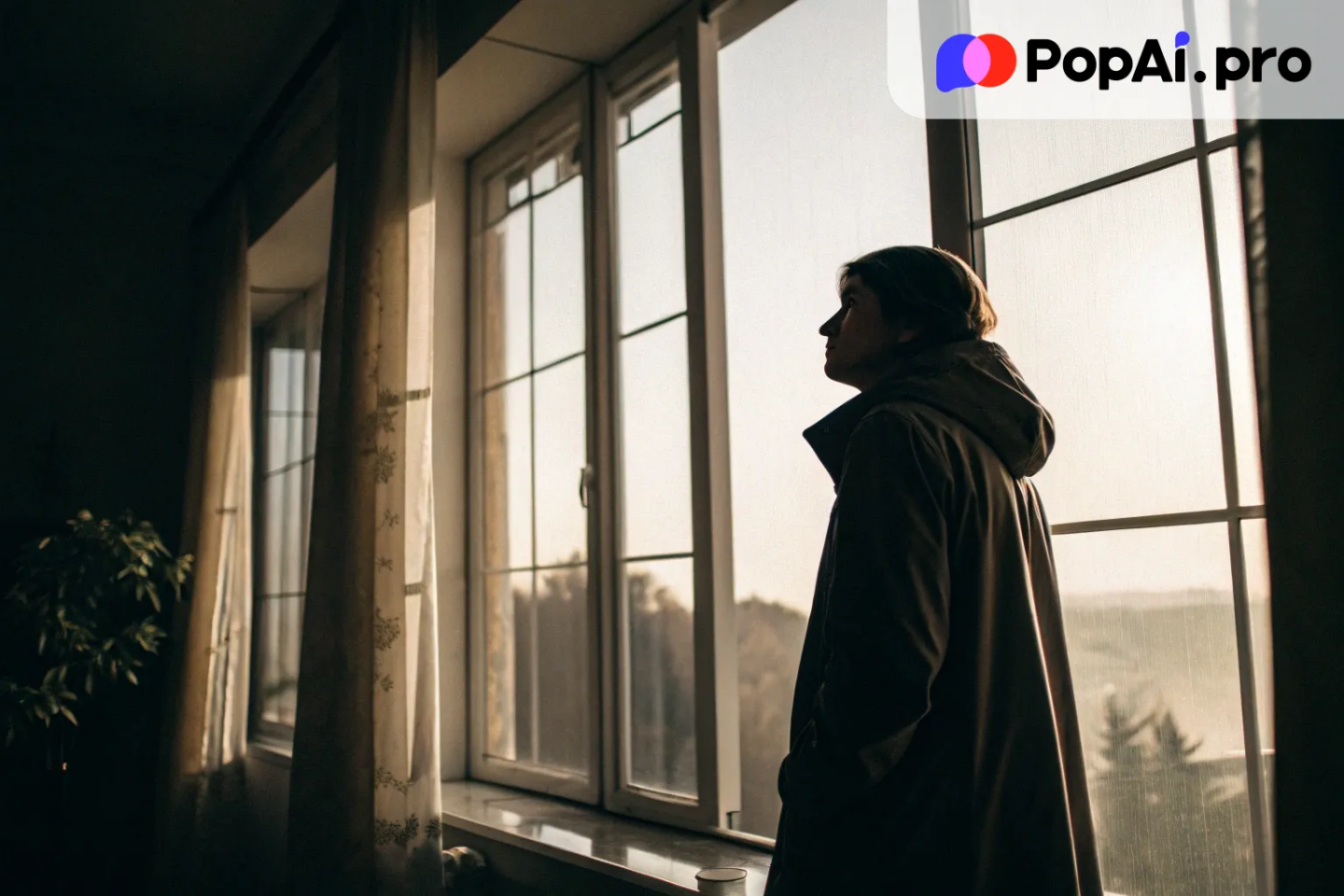
Visualize a lone figure standing by a window, looking out with an enigmatic expression, maybe even wistful. This could add a poignant touch to any scene.
6. Explorer on a Mountain Peak
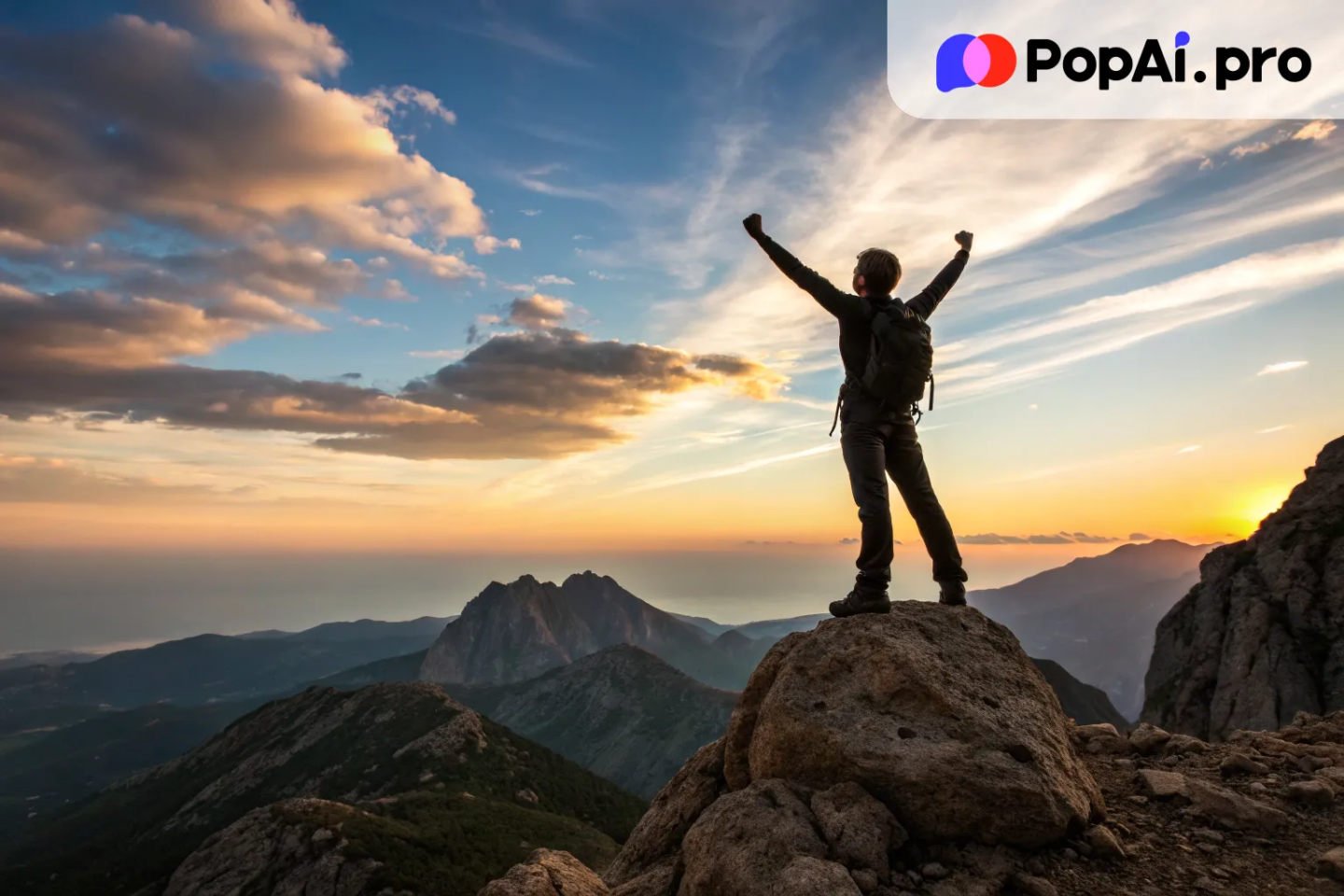
Imagine the thrill of reaching the summit, arms flexed high in victory, eyes glancing over the horizon. Capture that feeling of adventure and triumph.
7. Content Reader on a Rainy Day
Think of someone curled up on a chair, book in hand, surrounded by the ambiance of a comforting rainy backdrop. A great way to depict warmth and solace.
8. Enigmatic Detective in an Alleyway
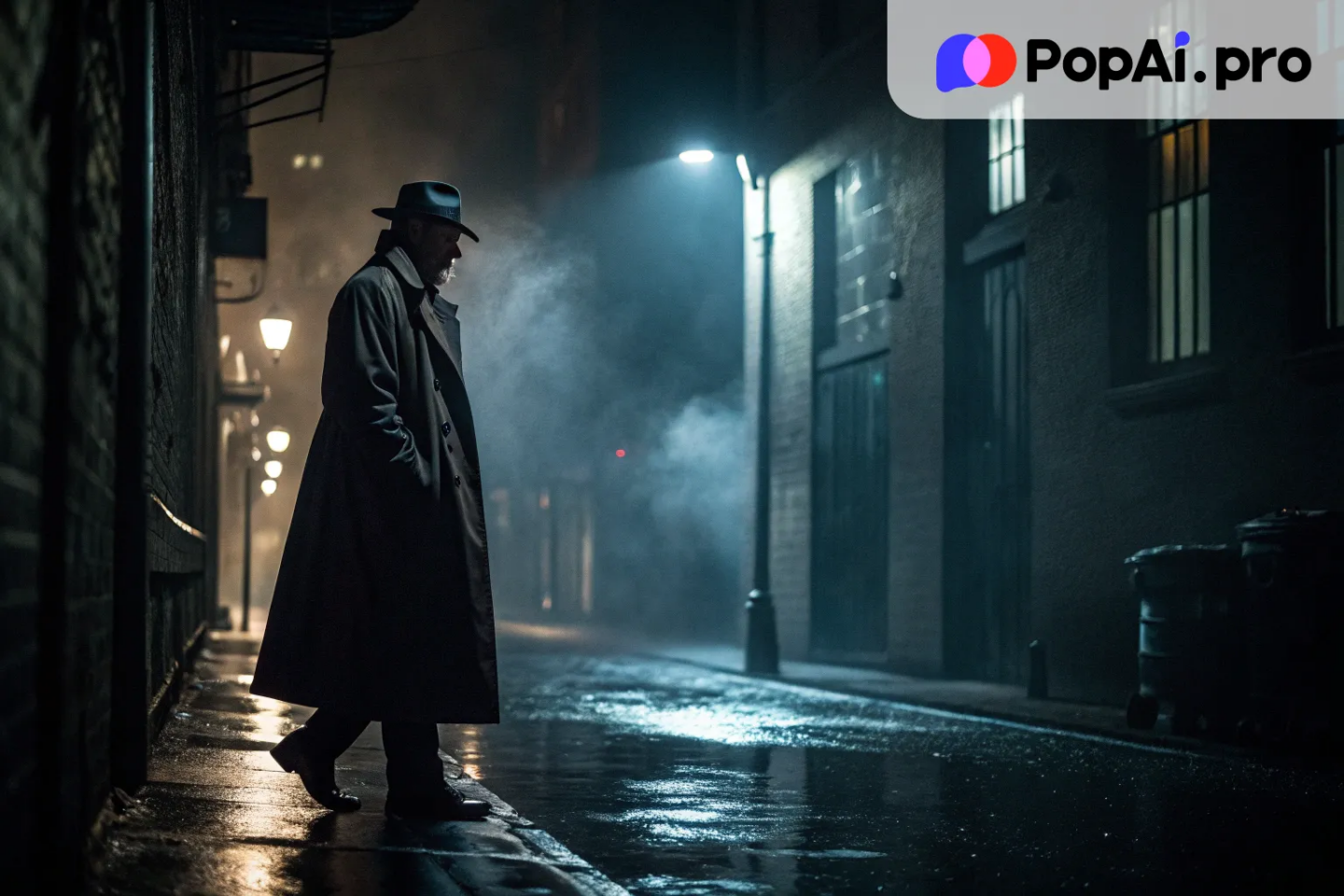
Create a scene reminiscent of a noir film, with a detective standing in a shadowy alley, coat billowing, eyes alert for the next clue. A fantastic way to infuse mystery into your work.
9. Graceful Swimmer Emerging from the Water
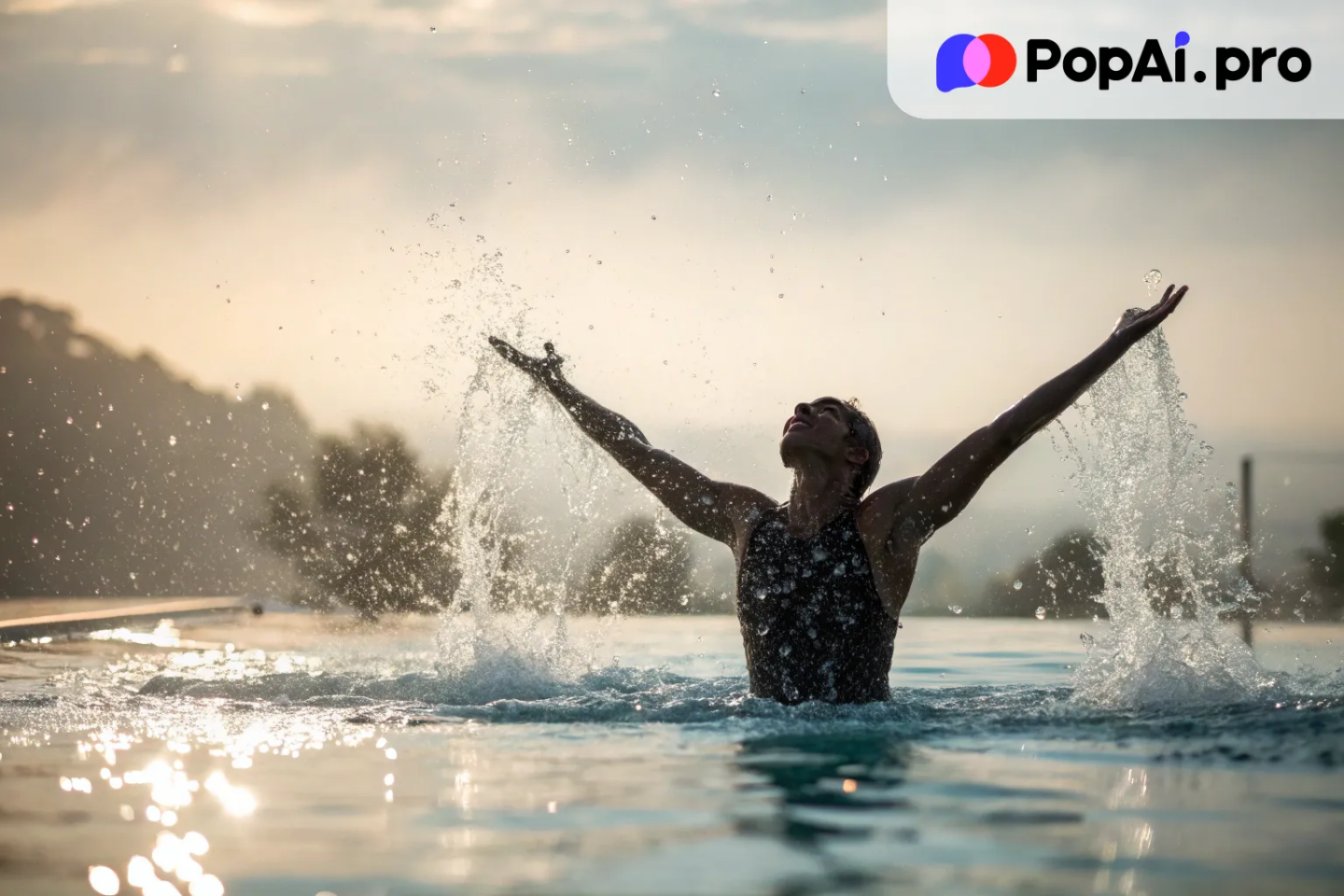
Picture an athlete gracefully rising out of the pool, water droplets shimmering, capturing the essence of strength and serenity.
10. Joyful Friends Laughing Together
Imagine a group of friends caught in a spontaneous, infectious laugh, hands thrown up, capturing the essence of camaraderie and happiness.
11. Magical Sorceress Casting a Spell
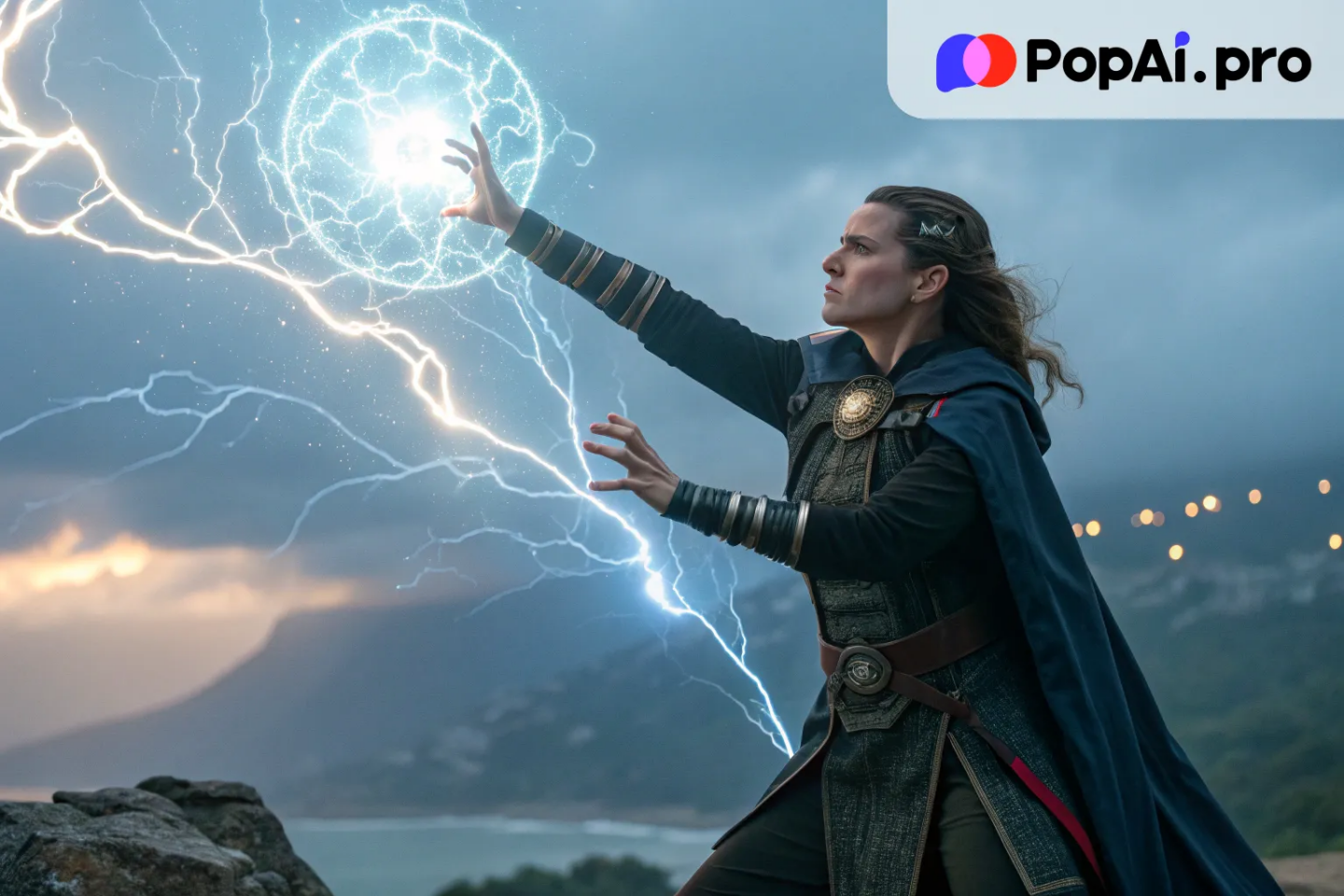
Visualize a sorceress in mid-cast, hands weaving intricate patterns in the air, surrounded by magical symbols. Perfect for fantasy realms and enchanting tales.
12. Alert and Playful Puppy Posing
Think of a cute puppy sitting with its head cocked to one side, tail wagging. Use this to infuse cuteness overload into your design.
13. Mysterious Figure Cloaked in Shadows
Create a figure hidden in a long cloak, with only the glint of eyes visible, adding an air of suspense and intrigue.
14. Elegant Fashionista Striking a Pose
Imagine someone confidently posing with their best outfit, ready for the runway. This one is great for capturing the essence of style and fashion.
15. Peaceful Meditator in Nature
Picture a serene figure sitting cross-legged in a lush, natural setting, eyes closed, embodying peace and mindfulness.
Remember, these prompts are just the springboard for your creativity. Experiment, tweak and build upon them to suit your storytelling needs. Ain’t nothing holding you back now; go create magic with the power of AI prompts!
Advanced Tips: Refining AI Pose Position Prompts for Maximum Impact
Alright, buckle up, folks, because we’re diving into the nitty-gritty of juicing every bit of potential from those AI pose prompts. Here’s the deal—basic prompts get you in the door, but if you want mind-blowing results, it’s time to refine and finesse your craft like a maestro.
First thing’s first, adaptability is king. Picture this: you’re working on a project that requires a sailor character braving a tempest. A generic “standing confidently” prompt might fall flat. Instead, consider the context and environment. Maybe describe, “leaning into the wind, gripping a rope, hair tousled by the storm.” These tweaks anchor the pose in its scene, so it feels part of a larger story.
Don’t shy away from hybrid prompts. Mix and match elements of different poses to tailor to your vision. I once needed to create a character that was both pensive and poised for action—quite the combo! By blending aspects of a thinker and a warrior, I painted an image that resonated with complexity and depth.
Attention to detail is paramount. Even a slight adjustment, like the angle of a foot or a shift in weight, can elevate a pose from good to phenomenal. When crafting your prompts, specify such nuances using similes or emotive language. Think, “like a cat poised to pounce, weight subtly balanced on the balls of the feet.”
Testing out variations is your best friend. Sometimes, the small prompt tweak—altering a keyword here, inserting a descriptive phrase there—leads to a breakthrough pose that surprises and delights. Imagine cranking out a couple of iterations and stumbling onto a gem where posture, emotion, and realism align perfectly. Jackpot!
And let’s chat a minute about feedback loops. Always take a moment to reflect on what worked, what didn’t, and why. Maybe comparing a series of generated poses can illuminate patterns in what makes one more compelling over another. Learn from each round, and let these insights inform future prompts, sharpening your skills with each attempt.
Refining prompts is like sculpting from a rough block of marble; it takes patience and attention to detail. But once you get the hang of it, the rewards are beyond gratifying—creating visuals pulsing with life and story. So unleash your inner Michelangelo, and refine those AI pose prompts, making them the cornerstone of your artistic arsenal!
Common Mistakes to Avoid When Crafting AI Pose Prompts
Alright, here’s the scoop on common pitfalls people stumble into when getting cozy with AI pose prompts. Believe me, I’ve had my fair share of slip-ups—things that, looking back, seem as obvious as saying the sky’s blue, yet they’re easy corners to cut in the heat of creativity. Let’s dig into a few blunders you’ll want to dodge.
Not giving enough context—huge mistake! It’s like asking someone to bake a cake without telling them what flavor. Without solid context, the AI might whip up something that’s all over the place. Try not to fall into the trap of being too vague. Providing specific, vivid scenes or emotions helps ensure the final image hits closer to your intended mark.
Overloading your prompts with way too many details is another biggie. I know it’s tempting to include every little nuance, thinking it will fine-tune the outcome. But piling on information like toppings on a pizza might overwhelm the AI, leading to a muddled mess. Balancing being specific while allowing the system’s creative juices to flow is key.
Oh, and not experimenting enough—such a missed opportunity! Sometimes, sticking rigidly to what you think is the “right” prompt holds back innovative results. I’ve found that loosening the reigns and trying variations can lead to surprisingly stellar outcomes. It’s like finding new routes to a familiar destination; some paths might just offer a stunning view you didn’t expect.
Avoid skipping revisions. Just like with any creative process, refining your work goes a long way. Analyze what the initial prompts yield and consider tweaking for improvement. Skimming over this step might leave you with good poses when with a little effort, they could be great.
Lastly, don’t dismiss feedback and fresh perspectives. Getting too close to your creations can blind you to their flaws or potential enhancements. Sharing your outputs with peers or getting a second opinion can illuminate areas you might have missed. Trust me, a fresh pair of eyes can spot subtleties that transform an already intriguing pose into something truly dynamic.
Remember, it’s alright to stumble now and then. Mistakes often teach us the best lessons, turning into stepping stones for crafting stellar prompts. So, navigate these common detours with confidence—you’ve got this!
FAQ
1. What are AI Pose Position Prompts?
AI Pose Position Prompts are instructions given to AI image generators to create specific body positions, poses, and movements in generated images, often used for art and design.
2. How can I create dynamic pose positions with AI?
By using specific AI tools like Stable Diffusion or DALL-E 3, you can input detailed prompts that define body positioning, camera angles, and emotional expressions for dynamic poses.
3. Can I customize the poses with AI image generators?
Yes, you can modify prompts to include various elements such as posture, angle, and action, allowing you to fine-tune poses according to your needs.
4. What are some tips for writing effective AI pose prompts?
Effective AI pose prompts include clear details like photography terminology, modifiers (e.g., “dynamic,” “relaxed”), and referencing popular poses for reference.
5. Are there AI pose prompt examples available?
Yes, there are many creative AI pose prompt examples such as “power pose,” “relaxed sitting pose,” and “action-packed motion pose” to inspire your artwork.
6. What mistakes should I avoid when creating AI pose prompts?
Avoid vague or overly general prompts, as they can lead to unclear or inaccurate poses. Be specific with body language, posture, and camera positioning for the best results.
Conclusion
Alright, folks, that’s the lowdown on using AI Image Prompts for Pose Position to shake up your creative projects. From harnessing the power of tools like PopAi to mastering the art of crafting those killer prompts, the possibilities for invigorating your visuals are limitless. It’s all about leveraging AI to add more oomph, dynamism, and realism to your art. I’ve been through the trial and error, and trust me, once you get it right, every pose crafted feels like a mini success story dripping with creativity.
Don’t be afraid to venture into the cluttered middle ground of refinement or stumble over a pitfall or two. It’s through navigating these twists and turns that you sharpen your skills. Remember to keep trying out variations, refining your prompts, and learning from mistakes—each tiny nudge could be the edge that makes your poses leap off the page.
I encourage you to take these tips, make them your own, and dive headfirst into the creative process. Share your own stories, experiments, or even hiccups (we’ve all been there) in the comments. And hey, if you’ve got a hot tip for AI pose prompts, don’t keep it to yourself!
So roll up those sleeves and begin crafting some magic. After all, the world can always use a little more creative might—and who knows, your next AI-assisted spectacular could end up in the limelight. Go out there and make art that resonates, dances, and truly connects! Time taken: 59.77 seconds, words: 2827
